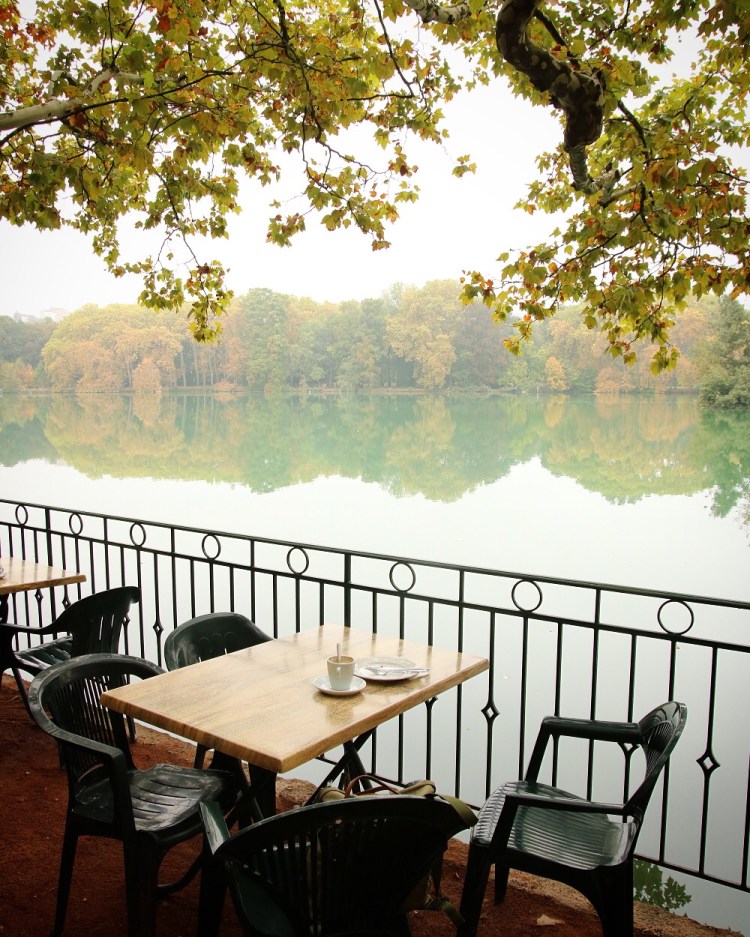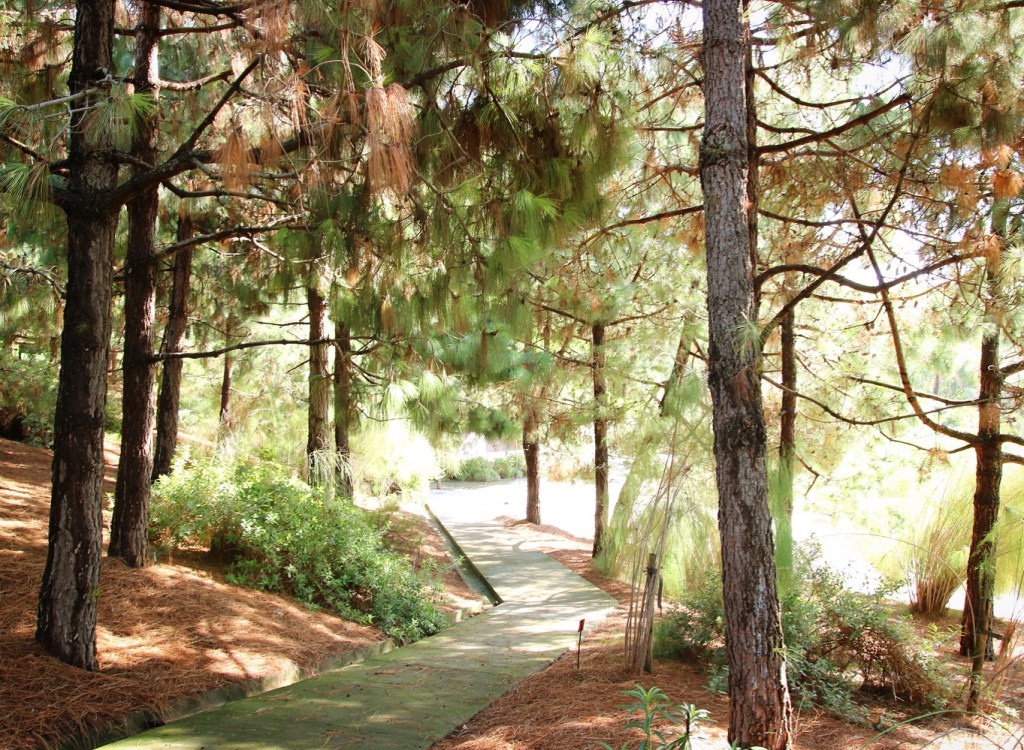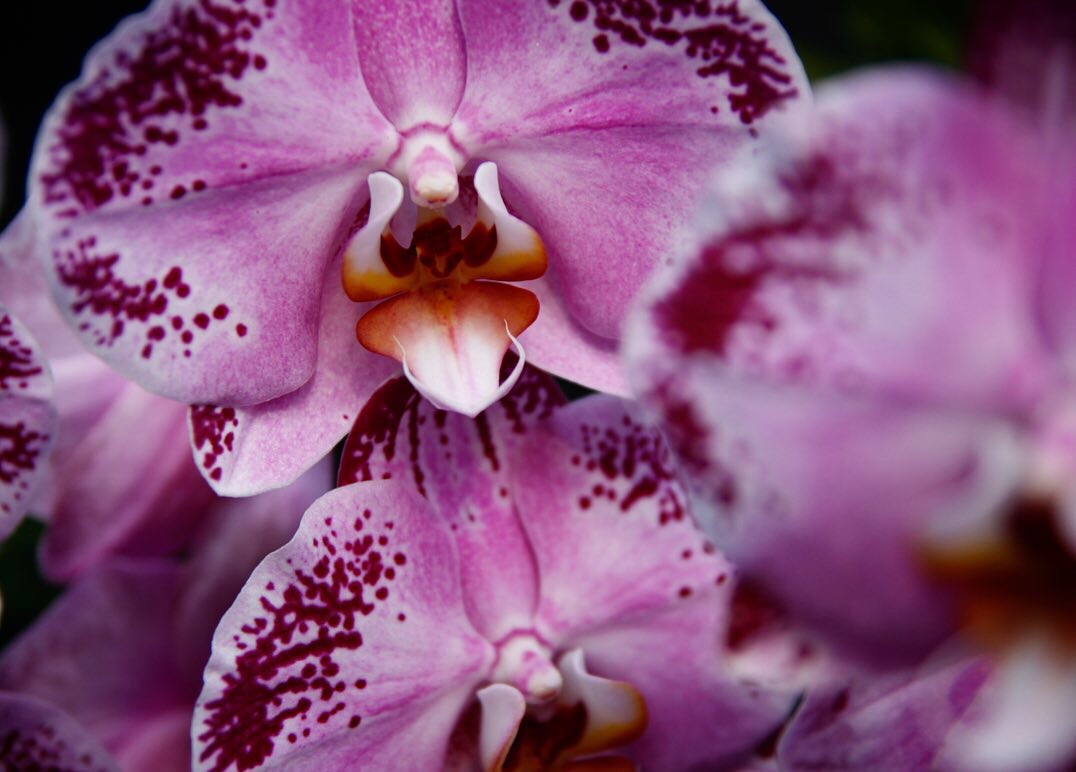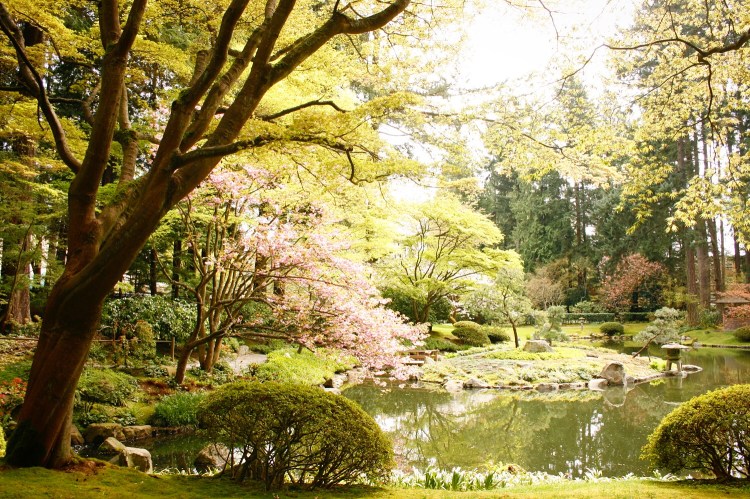Speaking of tending to the wild – the Botanical Garden of Barcelona is a place to get lost. Not in the sense that it’s extensive or has a confusing structure, but because it has been planted to replicate how these ecosystems might have looked, had they evolved with much less management and care than what is necessary to maintain a scientific collection of plants. It consists of plants from areas around the globe with a Mediterranean climate. They are planted in sections representing the western and eastern Mediterranean, the Canary Islands, Australia, Chile, California and South Africa. And it is obvious that they have adopted to similar conditions, drought tolerant, seasonality, often rather fertile soils. Or, at least, plenty of space for a high diversity of plants to evolve over millennia. But also: There are so many different adaptations. And the way the garden is structured, around the winding paths that take you from section to section. You wander, come around a bend, and suddenly you’re in a completely different ecosystem. This often untamed feel of the garden works, because they focus on plants adjusted to the same climate conditions. Even if a plant comes from the other side of the world, it feels at home in the conditions that Barcelona can provide. But at the same time, the plants look different because the areas in the world with Mediterranean climates are isolated, surrounded by sea, deserts, mountains or simply a rather dramatic shift to colder and rainier climates, meaning that plants have stayed put and evolved on their own within those terrestrial islands. The Cape flora in South Africa is the most extreme of these areas, full of endemic species. This makes a display of plants from Mediterranean climates particularly interesting to wander through, and they’ve done a brilliant job with it in the Botanical Garden of Barcelona. A day spent there, getting lost among the somber greens, is both intriguing and soothing.
Photo: Jardí Botànic de Barcelona, Catalonia, Spain, October 2018. Posted on Instagram April 27, 2021.















